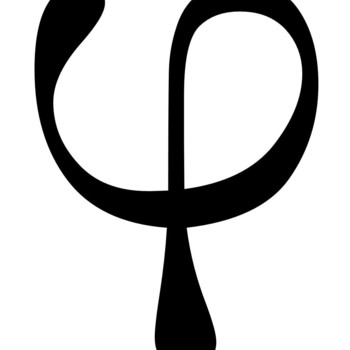Why will no salt form in the reaction between AgCl and HNO3?
2 Answers
Since
Explanation:
In neutralisation reactions, an acid and a base react to give a salt and water.
For example,
Here, hydrochloric acid and sodium hydroxide (a base) react to give sodium chloride (a salt) and water.
Here,
No salt will form because the position of equilibrium lies far to the left.
Explanation:
In other words, the silver chloride is too insoluble to react,
You might predict the equation
The ionic equation would be
The net ionic equation is
For this quilibrium,
Thus, the position of equilibrium lies far to the left.
You should not expect to get more than 13 µmol/L


